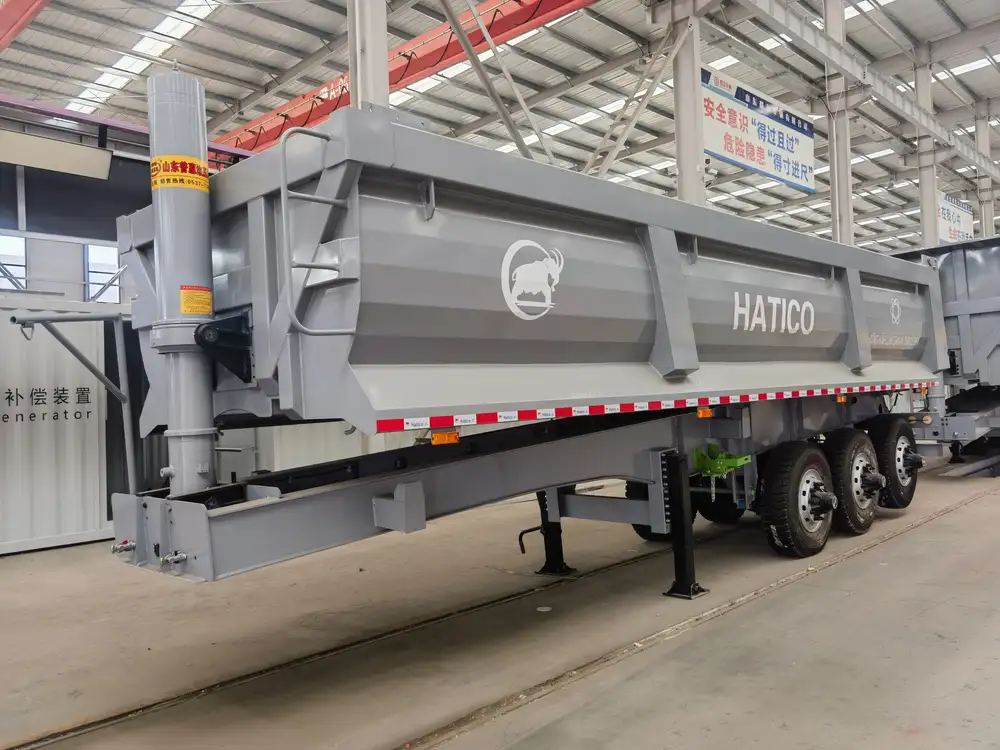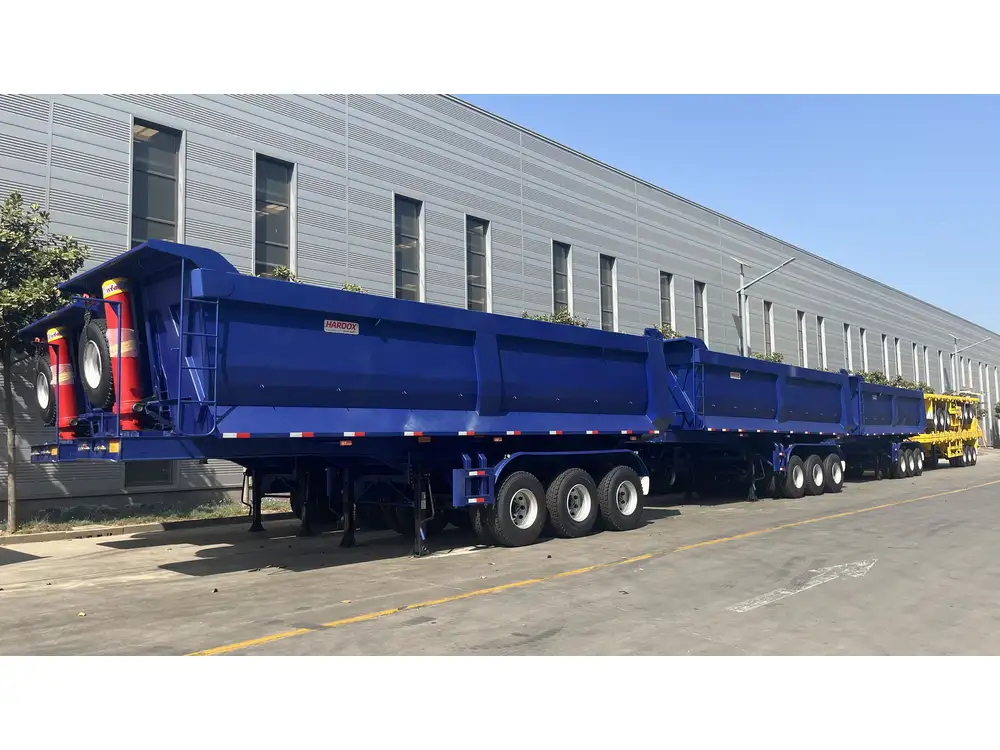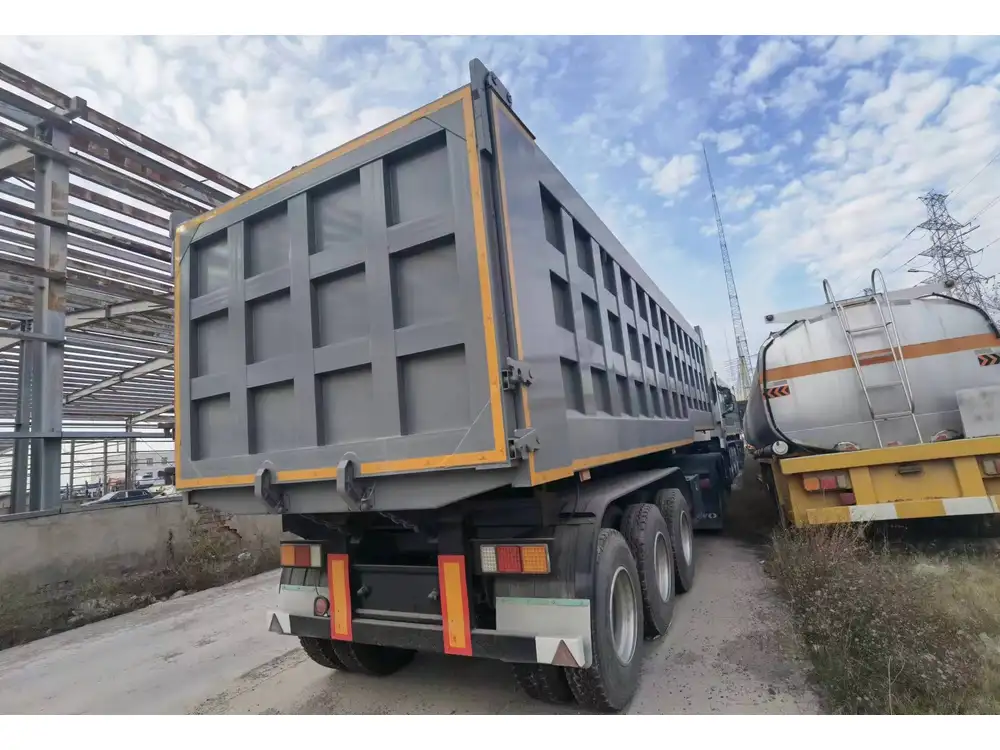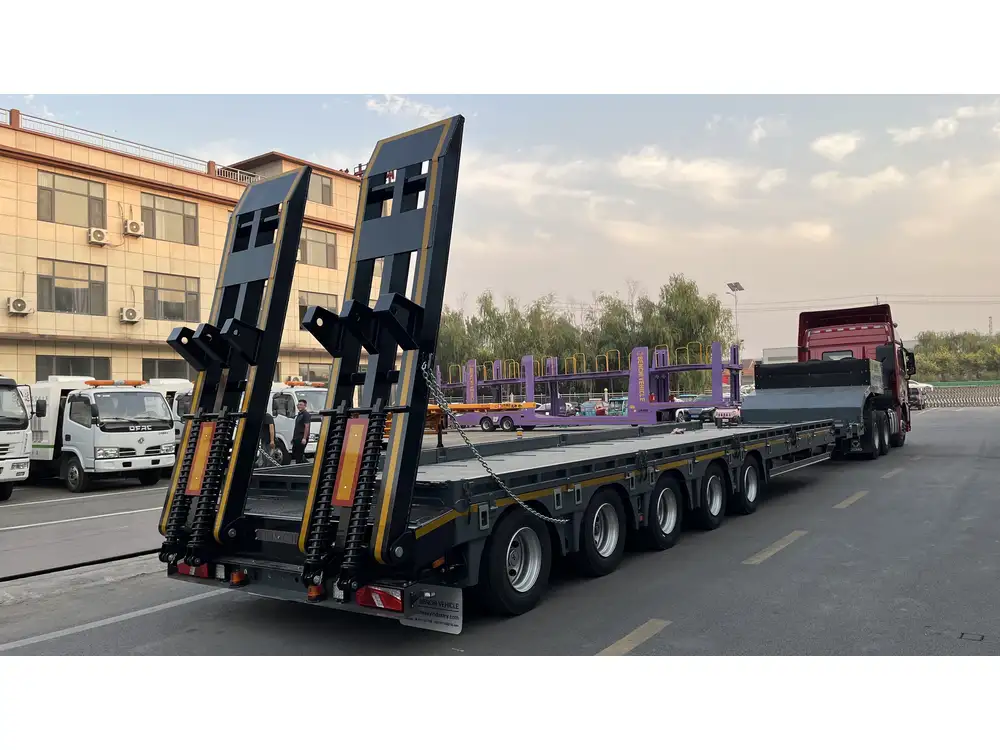In the realm of logistics and transportation, oil tankers play a pivotal role in ensuring the seamless movement of petroleum products across vast distances. At CarMax Vehicle, we specialize in manufacturing top-tier semi-trailers tailored for oil transportation. This comprehensive guide delves into the intricacies of oil tanker illustrations, exploring design elements, key features, safety considerations, and best practices to help you understand and visualize the critical components that make oil tankers efficient and reliable.
Table of Contents
- Understanding Oil Tanker Illustrations
- Key Design Elements of Oil Tankers
- Essential Features of High-Quality Oil Tankers
- Safety Considerations in Oil Tanker Design
- Best Practices for Oil Tanker Illustrations
- Benefits of High-Quality Oil Tanker Illustrations
- Conclusion
- Frequently Asked Questions
Understanding Oil Tanker Illustrations
Oil tanker illustrations serve as visual blueprints that encapsulate the complex architecture and functionality of oil transportation vehicles. These detailed diagrams are indispensable for engineers, designers, and stakeholders involved in the manufacturing and maintenance of oil tankers. By providing a clear and precise depiction of each component, oil tanker illustrations facilitate better understanding, effective communication, and streamlined decision-making processes.

Key Design Elements of Oil Tankers
Designing an oil tanker requires meticulous attention to various elements that ensure efficiency, safety, and reliability. Below, we explore the fundamental design components that constitute an effective oil tanker.
Structural Framework
The structural framework is the backbone of any oil tanker, providing the necessary support and integrity to withstand the stresses of transportation. Key considerations include:
- Material Selection: High-strength steel or aluminum alloys are commonly used to ensure durability and resistance to corrosion.
- Load Distribution: The framework must distribute the weight of the oil evenly to prevent structural failures.
- Modular Design: Facilitates easy assembly, maintenance, and scalability.
| Structural Aspect | Description |
|---|---|
| Material | High-strength steel or aluminum alloys |
| Load Distribution | Ensures even weight distribution to prevent failure |
| Modular Design | Allows for scalability and easier maintenance |
Tank Design and Materials
The tanks are the core component where oil is stored and transported. Their design must prioritize safety, capacity, and ease of maintenance.
- Tank Configuration: Single or multiple compartments to prevent oil mixing and enhance safety.
- Material Choice: Stainless steel or specialized alloys to resist oil corrosion and contamination.
- Coating and Liners: Protective layers to minimize environmental impact and maintain product purity.

Loading and Unloading Mechanisms
Efficient loading and unloading processes are critical for minimizing downtime and maximizing operational efficiency.
- Pump Systems: High-capacity pumps for rapid transfer of oil.
- Valves and Hoses: Reliable connections to prevent leaks and spills.
- Automation Controls: Advanced systems for precise management of flow rates and volumes.
Essential Features of High-Quality Oil Tankers
To meet industry standards and client expectations, oil tankers must incorporate several essential features. These features enhance performance, safety, and operational efficiency.
Safety Systems
Safety is paramount in oil transportation. Comprehensive safety systems are integrated to prevent accidents and mitigate risks.
- Fire Suppression Systems: Automated systems to extinguish fires promptly.
- Leak Detection Sensors: Real-time monitoring to identify and address leaks immediately.
- Emergency Shutoff Valves: Rapid response mechanisms to halt oil flow during emergencies.

Insulation and Temperature Control
Maintaining optimal temperature conditions is crucial for preserving oil quality and preventing degradation.
- Thermal Insulation: Minimizes temperature fluctuations within the tank.
- Heating and Cooling Systems: Controls to maintain specific temperature ranges as required.
- Ventilation Systems: Ensures adequate airflow to manage temperature and prevent condensation.
Navigation and Tracking Technologies
Modern oil tankers are equipped with advanced navigation and tracking systems to ensure safe and efficient travel.
- GPS Navigation: Real-time location tracking for route optimization.
- Automated Navigation Systems: Enhances precision in maneuvering and docking.
- Telemetry Systems: Monitors tank conditions and overall vessel status remotely.
Safety Considerations in Oil Tanker Design
Designing oil tankers with safety at the forefront is essential to protect both the environment and the workforce. Key safety considerations include:

Regulatory Compliance
Adhering to international and local regulations is non-negotiable in oil tanker design.
- International Maritime Organization (IMO) Standards: Compliance with SOLAS, MARPOL, and other relevant conventions.
- Local Environmental Regulations: Adherence to specific country or region-based laws governing oil transportation.
- Certification Processes: Obtaining necessary certifications to validate design and operational standards.
Emergency Response Features
Incorporating robust emergency response features ensures preparedness for unforeseen incidents.
- Emergency Communication Systems: Facilitates swift coordination during crises.
- Life-Saving Equipment: Includes lifeboats, life jackets, and other essential gear.
- Fireproof Compartments: Isolates fire-affected areas to prevent spread and minimize damage.
Hazardous Material Handling
Proper handling of hazardous materials is critical to prevent accidents and environmental contamination.
- Secondary Containment Systems: Provides an additional barrier against spills and leaks.
- Ventilation Controls: Manages vapor emissions to reduce explosion risks.
- Personal Protective Equipment (PPE): Ensures the safety of personnel during hazardous material handling.

Best Practices for Oil Tanker Illustrations
Creating accurate and detailed oil tanker illustrations requires adherence to best practices that enhance clarity, functionality, and usefulness.
Accurate Representation of Components
Ensuring each component is depicted accurately aids in better understanding and facilitates effective communication among stakeholders.
- Detailed Labels: Clearly identify each part and its function.
- Scaled Diagrams: Maintain proportionate sizes to ensure realism.
- Cross-Sectional Views: Provide insights into the internal structures and systems.
Utilizing Advanced Visualization Tools
Leveraging modern visualization tools enhances the precision and aesthetic quality of oil tanker illustrations.
- 3D Modeling Software: Offers a comprehensive view of the tanker from multiple angles.
- CAD Integration: Allows for seamless incorporation of design specifications and modifications.
- Virtual Reality (VR) Applications: Enables immersive experiences for training and presentations.

Incorporating Real-World Scenarios
Including real-world scenarios in illustrations helps in anticipating potential challenges and planning effective solutions.
- Operational Settings: Depicting the tanker in various environments such as ports, highways, and offshore locations.
- Stress Testing Simulations: Visualizing the impact of different stressors on the tanker’s structure.
- Maintenance Activities: Illustrating routine inspections and repair processes for better planning.
Benefits of High-Quality Oil Tanker Illustrations
Investing in high-quality oil tanker illustrations yields numerous benefits that enhance overall operational efficiency and safety.
Enhanced Communication and Training
Clear and detailed illustrations improve communication among teams and streamline training processes.
- Visual Aids for Training: Facilitates better understanding of tanker operations for new employees.
- Stakeholder Presentations: Enhances clarity during meetings with investors, clients, and regulatory bodies.
- Documentation Support: Provides comprehensive references for maintenance manuals and operational guidelines.

Improved Design and Innovation
Accurate illustrations serve as a foundation for iterative design improvements and innovative solutions.
- Design Validation: Helps in identifying potential design flaws before implementation.
- Collaborative Development: Enables teams to work together efficiently by providing a common visual reference.
- Innovation Facilitation: Encourages creative approaches to enhance tanker functionality and efficiency.
Risk Mitigation and Safety Enhancement
Detailed illustrations contribute to risk mitigation by highlighting potential hazards and safety measures.
- Preemptive Hazard Identification: Allows for the recognition and addressing of risks during the design phase.
- Safety Protocol Integration: Ensures that safety features are seamlessly incorporated into the tanker’s design.
- Emergency Preparedness: Enhances readiness for handling accidents or system failures effectively.
Conclusion
Oil tanker illustrations are indispensable tools in the manufacturing and operation of efficient, safe, and reliable oil transportation vehicles. At CarMax Vehicle, we prioritize precision and detail in our illustrations to ensure that our semi-trailers meet the highest standards of quality and safety. By understanding the key design elements, essential features, and best practices, stakeholders can enhance their operational strategies, foster innovation, and maintain stringent safety protocols. Embracing high-quality oil tanker illustrations not only facilitates better communication and training but also plays a critical role in risk mitigation and continuous improvement.

Frequently Asked Questions
1. What are the primary materials used in oil tanker construction?
Oil tankers are typically constructed using high-strength steel or aluminum alloys, which provide durability, corrosion resistance, and structural integrity. Additionally, specialized coatings and liners are applied to protect the tanks from oil and environmental factors.
2. How do oil tanker illustrations aid in safety compliance?
Detailed illustrations help in visualizing the placement and functionality of safety systems, ensuring that all regulatory requirements are met. They also facilitate the identification of potential hazards and the implementation of appropriate safety measures during the design and operational phases.

3. What technologies are integrated into modern oil tankers for navigation and tracking?
Modern oil tankers are equipped with GPS navigation systems, automated navigation controls, and telemetry systems. These technologies provide real-time tracking, route optimization, and remote monitoring of tank conditions, enhancing overall operational efficiency and safety.
4. How does insulation contribute to the efficiency of oil tankers?
Insulation plays a crucial role in maintaining optimal temperature conditions within the tank, preventing oil degradation, and ensuring product quality. Effective insulation reduces temperature fluctuations, thereby enhancing the efficiency and reliability of the tanker during transportation.
5. What best practices should be followed when creating oil tanker illustrations?
Best practices include accurately representing all components, utilizing advanced visualization tools like 3D modeling and CAD software, and incorporating real-world scenarios to anticipate challenges. Additionally, detailed labeling and scaled diagrams ensure clarity and functionality of the illustrations.



